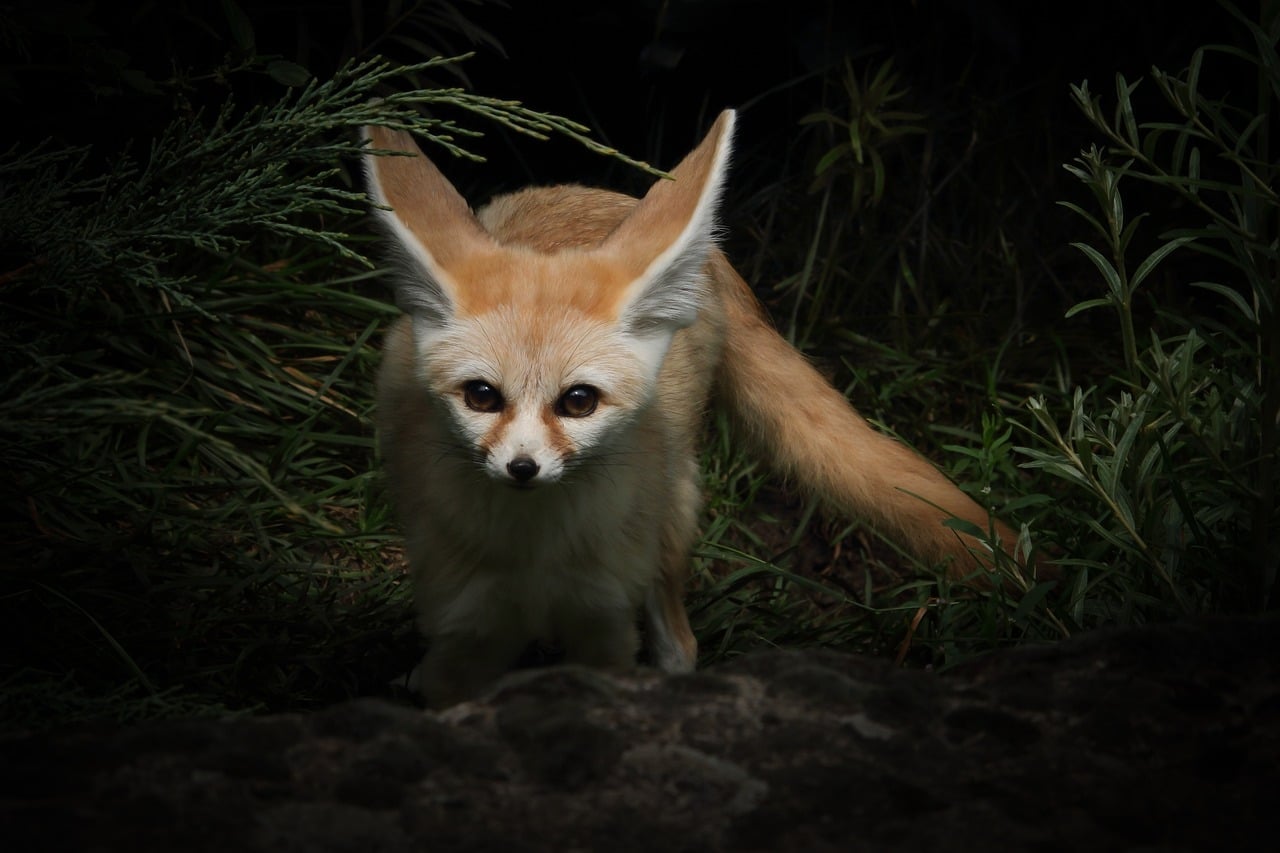 Shutterstock
Shutterstock
Regarding the animal kingdom, there is no shortage of unique and fascinating creatures that capture our imagination. The world is filled with cool animals that seem almost otherworldly, showcasing extraordinary physical traits or impressive survival strategies. These animals stand out in the wild through their ability to adapt to extreme environments, stunning appearances, or remarkable behaviors. Each one leaves us in awe, reminding us of the incredible diversity and complexity of life on Earth and the countless wonders nature offers.
Axolotl
 Shutterstock
Shutterstock
The axolotl, often called the “Mexican walking fish,” is one of the most remarkable amphibians in the world. Native to the lakes of Mexico, this cool little creature can regenerate lost body parts, including limbs, the heart, and even parts of its brain. Unlike most amphibians, axolotls remain in their larval form throughout their lives, giving them a perpetual baby-like appearance. With their wide, toothless grins and frilly gills, axolotls belong in a fantasy world. Their ability to heal so efficiently has also caught the attention of scientists, who study them for potential medical breakthroughs.
Arctic Fox
 Shutterstock
Shutterstock
The Arctic fox is a master of survival in one of the harshest environments on Earth—the freezing Arctic tundra. With its thick, insulating fur that changes color from white in the winter to brown or gray in the summer, the Arctic fox is built for camouflage and warmth. What makes the Arctic fox especially cool is its incredible resilience. These foxes can survive in temperatures as low as -58°F and are known to dig tunnels into the snow to stay warm. They are also skilled hunters, relying on their sharp hearing to locate prey under thick snow. Adaptable and resourceful, the Arctic fox is one cool customer in the animal kingdom.
Chameleon
 Shutterstock
Shutterstock
Chameleons are arguably some of the coolest animals on the planet, thanks to their famous ability to change color. These reptiles use specialized cells in their skin called chromatophores to shift between different colors based on their surroundings, mood, or temperature. But it’s not just their color-changing abilities that make them fascinating. Chameleons also have incredibly long, sticky tongues that can shoot out faster than the blink of an eye to catch prey. Additionally, their eyes can move independently, scanning two different areas simultaneously. With their unique traits, chameleons are nature’s little shapeshifters.
Mantis Shrimp
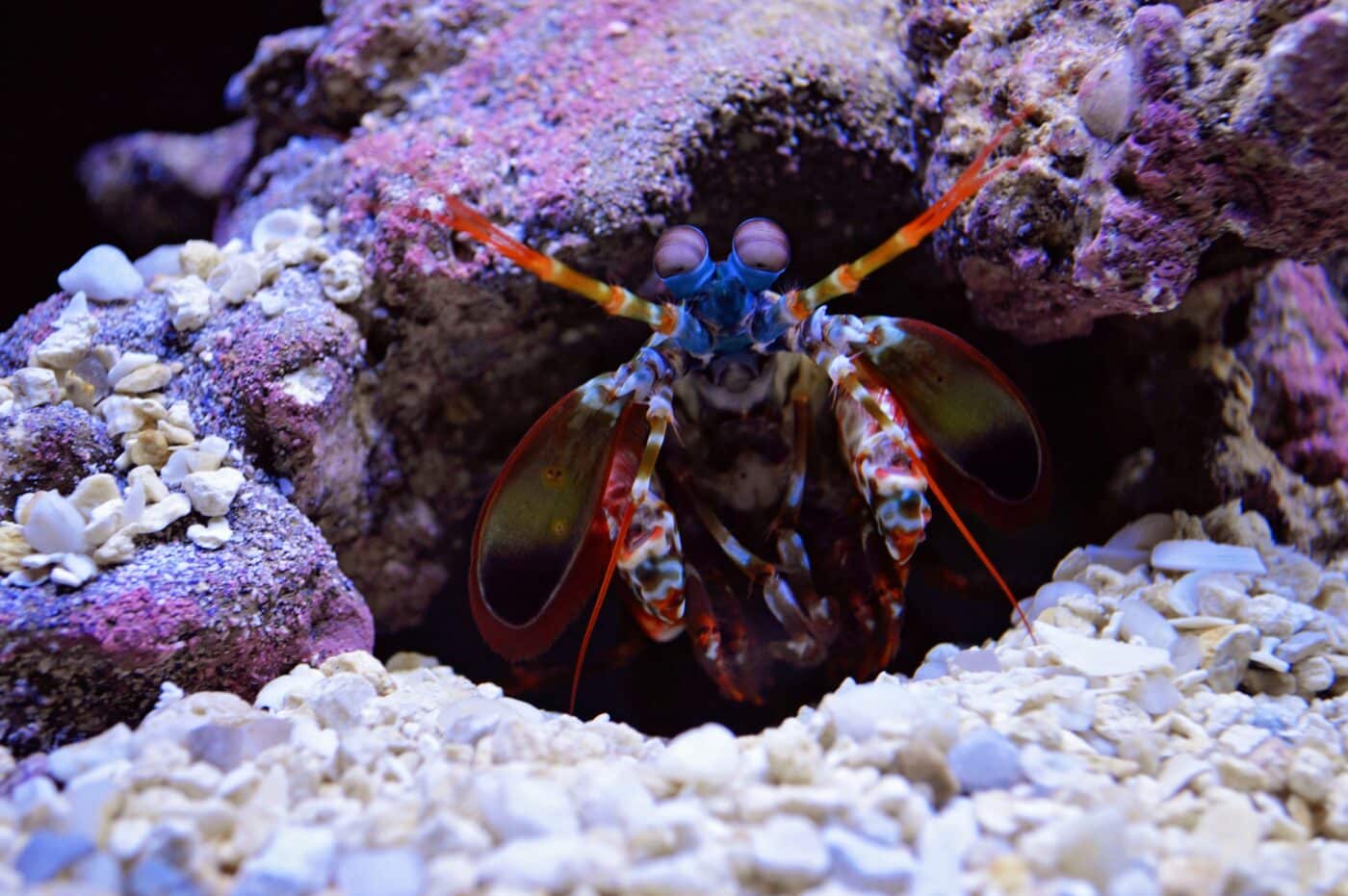 Shutterstock
Shutterstock
Mantis shrimp may look unassuming at first, but don’t let their small size fool you—they’re one of the most powerful predators in the ocean. These crustaceans have specialized limbs that can strike with the speed of a bullet, allowing them to crack open hard shells of prey like crabs and snails. They can deliver such a powerful punch that it can break aquarium glass. Aside from their strength, mantis shrimp also have some of the most advanced eyesight in the animal kingdom. They can see polarized light and a broader spectrum of colors than humans, including ultraviolet light. Their combination of strength and superior vision makes them an extraordinary species.
Tardigrade
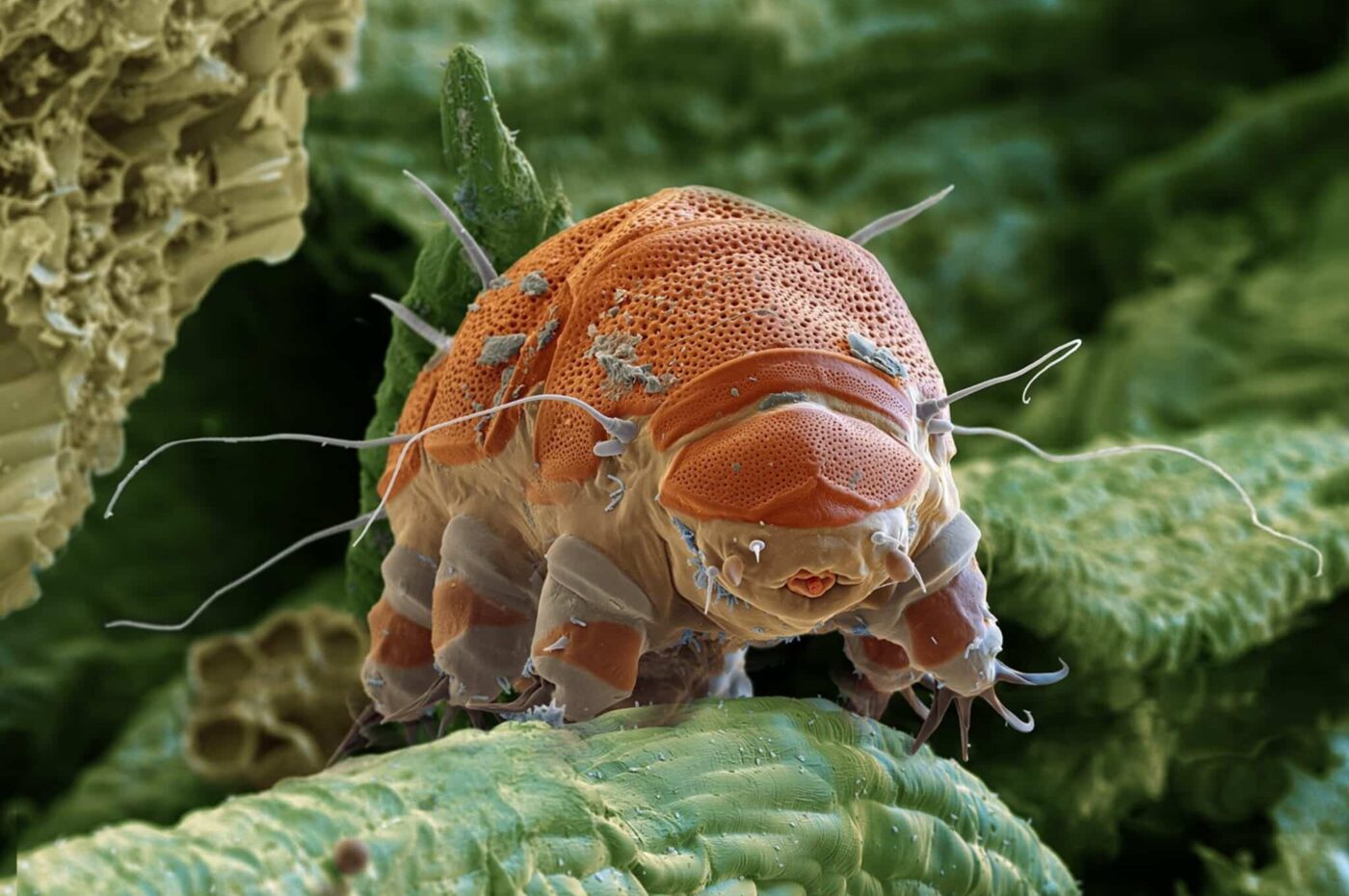 Shutterstock
Shutterstock
Tardigrades, also known as “water bears” or “moss piglets,” are some of the toughest creatures on the planet. These microscopic animals can survive extreme environments that would kill most other life forms. From Antarctica’s freezing cold to volcanic vents’ scorching heat, tardigrades can endure it all. They’ve even survived the vacuum of outer space! Their ability to enter cryptobiosis makes them even cooler, where they essentially shut down their metabolism and can survive without water for decades. Despite their small size, tardigrades are among the most resilient animals on Earth.
Narwhal
 Shutterstock
Shutterstock
Often referred to as the “unicorns of the sea,” narwhals are one of the ocean’s most mysterious and enchanting animals. Native to Arctic waters, narwhals are known for their long, spiral tusks, which are actually elongated teeth that can grow up to 10 feet long. While the exact purpose of the tusk is still debated, it’s believed to be used in mating rituals and possibly as a sensory organ to detect changes in the water. Narwhals are also deep divers, capable of plunging to depths of over 5,000 feet. Their unique appearance and mysterious habits make them one of the coolest marine mammals.
Quokka
 Shutterstock
Shutterstock
Known for their ever-present smiles, quokkas have gained fame as one of the happiest animals in the world. These small marsupials are native to Rottnest Island in Australia and have a reputation for being friendly and curious around humans. While their cute, smiling faces have made them internet sensations, quokkas are also impressive survivors. They can go for long periods without water by drawing moisture from their food, mainly leaves and grasses. Despite their size and cuteness, quokkas are tough little creatures that have adapted well to the harsh conditions of their environment.
Okapi
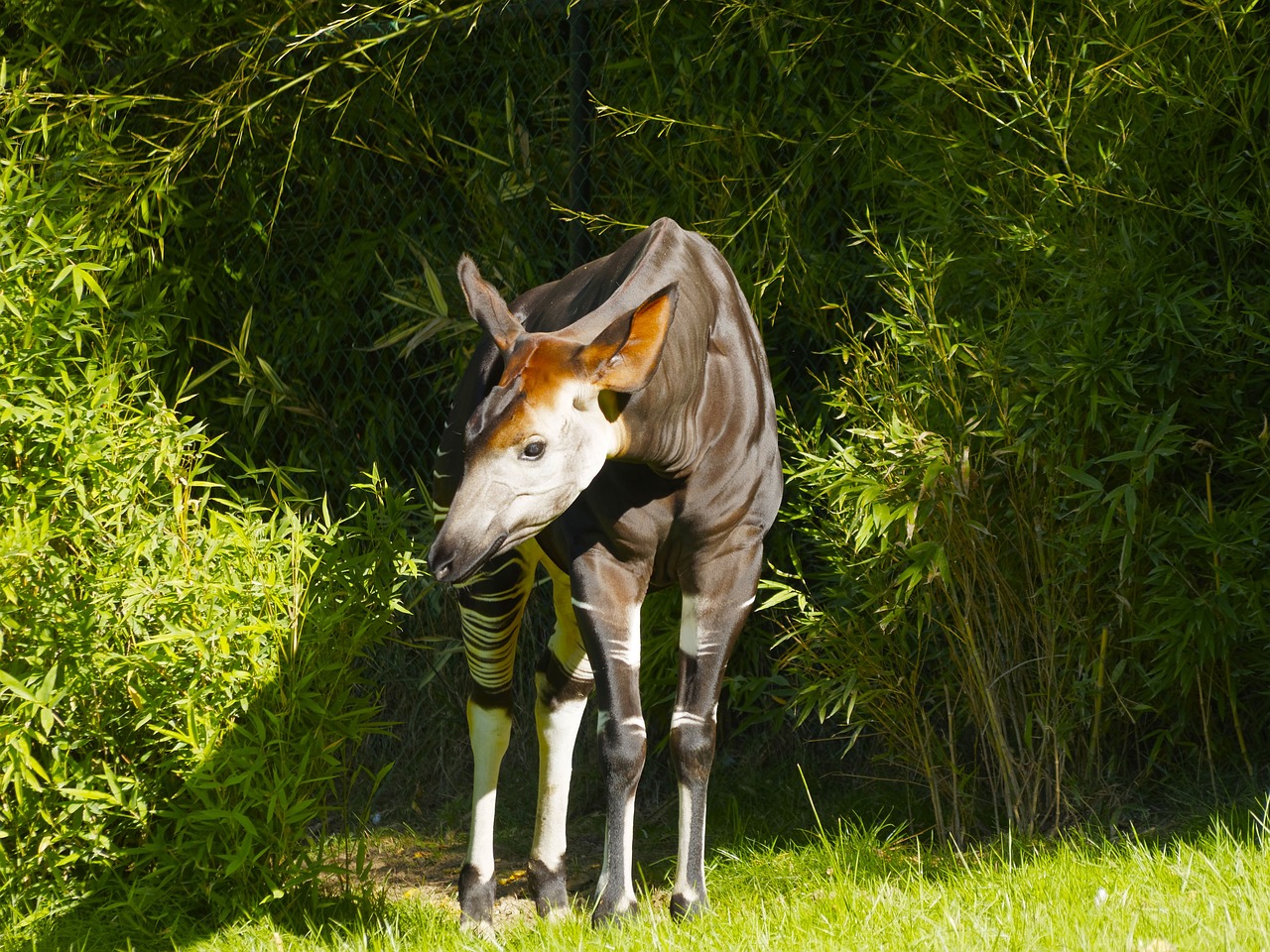 Shutterstock
Shutterstock
The okapi is one of the most unique-looking animals on the planet, often described as a mix between a zebra and a giraffe. Native to the rainforests of the Congo, okapis have zebra-like stripes on their legs, but their body resembles that of a giraffe. In fact, they are the closest living relatives of giraffes. Okapis are shy, solitary animals rarely seen in the wild, adding to their air of mystery. Their highly specialized tongue makes them cool, which is so long that they can lick their ears! Their ability to blend into their dense forest habitat makes them masters of camouflage.
Leaf-Tailed Gecko
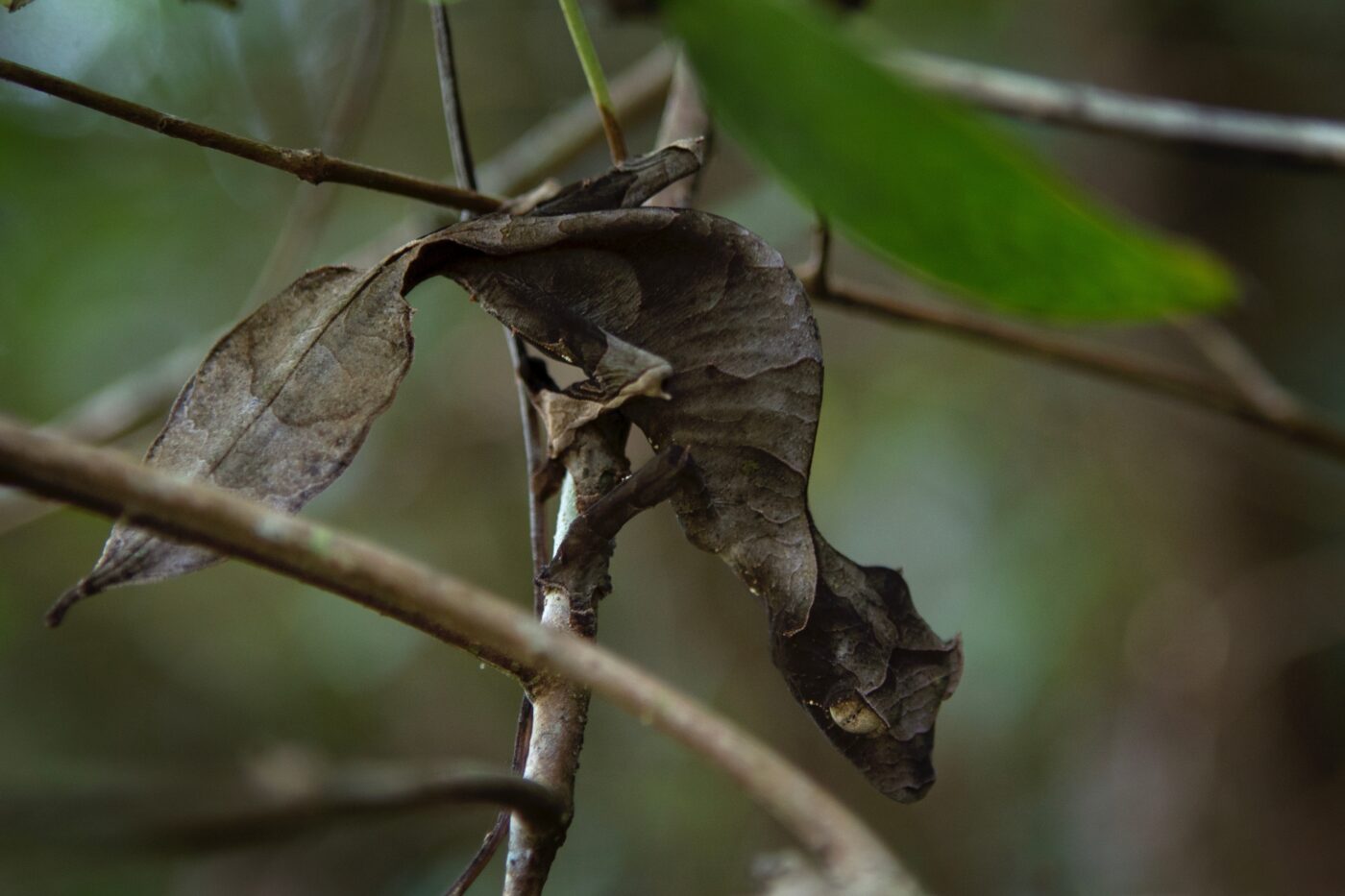 Shutterstock
Shutterstock
Leaf-tailed geckos are masters of disguise, blending in perfectly with their surroundings to avoid predators. Native to Madagascar, these reptiles have evolved to look just like a dead leaf, complete with mottled skin, intricate veining, and a tail that mimics the stem of a leaf. Their ability to disappear into the forest floor is nothing short of extraordinary. When threatened, leaf-tailed geckos will flatten their bodies against tree bark or leaves, becoming nearly invisible. Their remarkable camouflage skills make them one of the coolest examples of nature’s ingenuity.
Fennec Fox
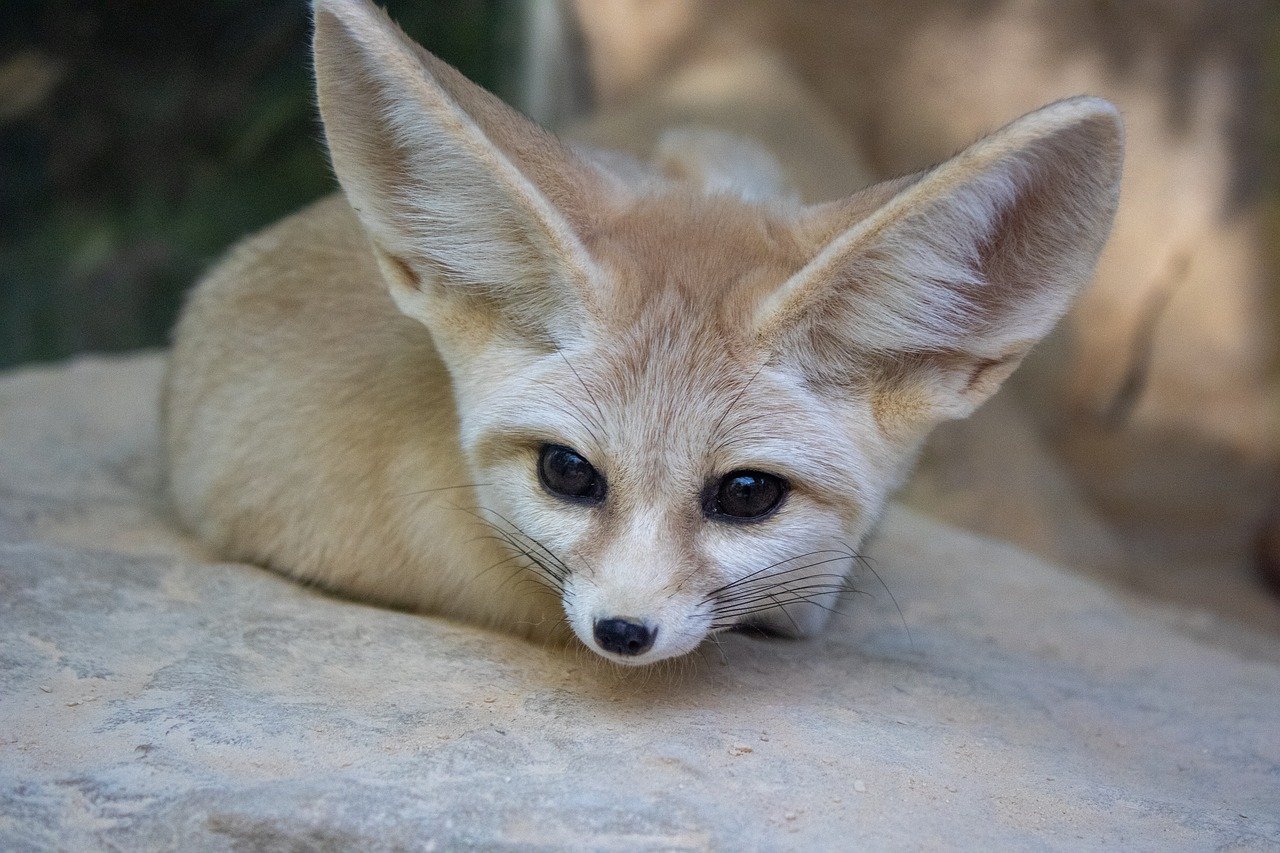 Shutterstock
Shutterstock
The fennec fox is an adorable and cool creature native to the deserts of North Africa. What makes this fox unique are its oversized ears, which help dissipate heat and allow it to hear prey moving underground. Despite living in one of the harshest climates in the world, fennec foxes are well-adapted to their desert environment. Their large ears, thick fur, and ability to survive without much water make them incredible desert survivors. Plus, their small size and playful behavior make them one of the most beloved animals in the wild.
Slow Loris
 Shutterstock
Shutterstock
Don’t let the big eyes and cuddly appearance fool you—the slow loris has a few tricks up its sleeve. Native to Southeast Asia, this nocturnal primate has a toxic bite, making it one of the few venomous mammals in the world. The slow loris secretes a toxin from glands on its elbows, which it licks before biting. While their venom is used mainly for self-defense, their slow, deliberate movements and cute appearance make them fascinating. The slow loris might move leisurely, but they’re equipped with one of nature’s rarest defense mechanisms.
Nature’s Coolest VIPs
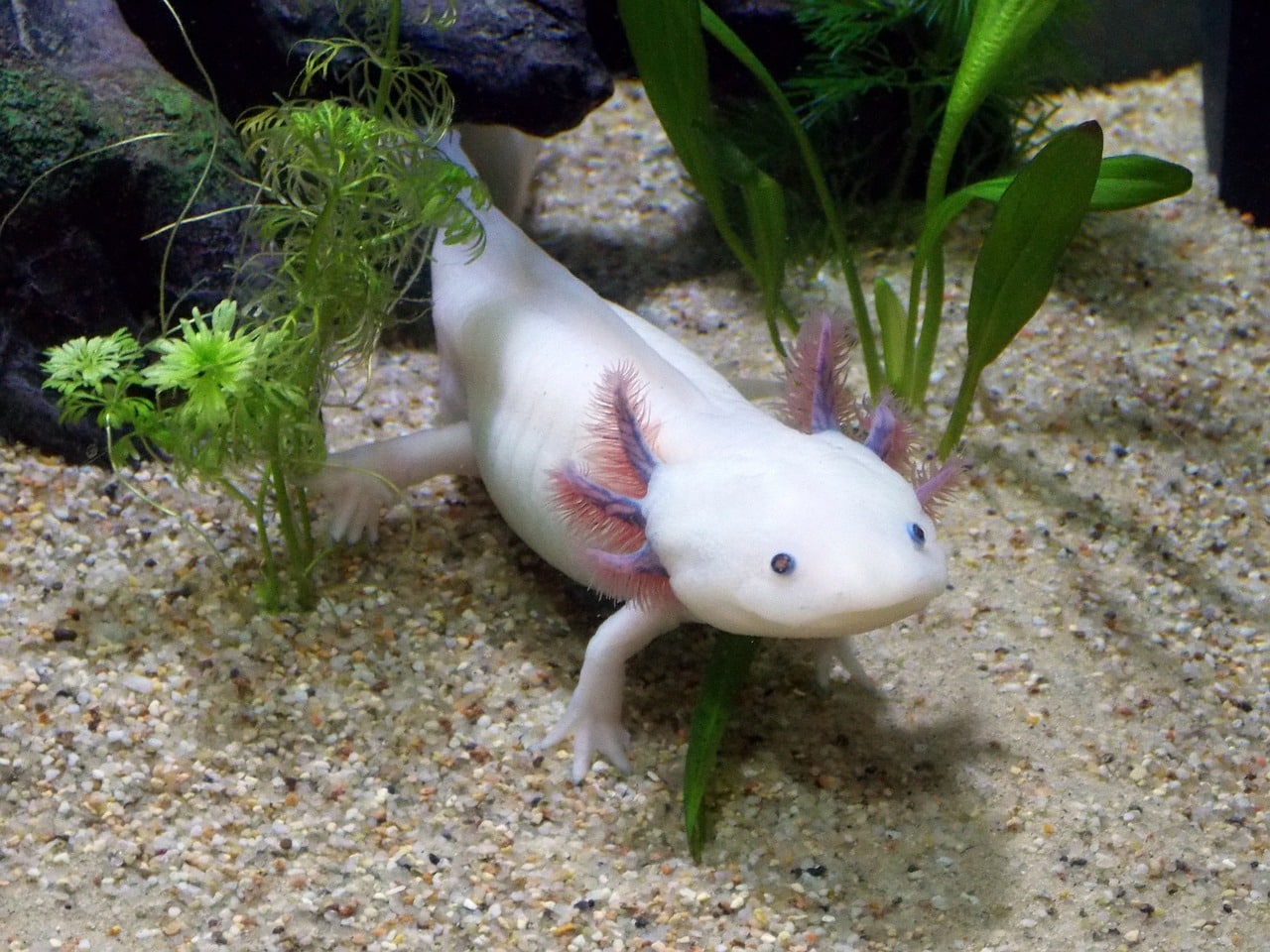 Shutterstock
Shutterstock
These animals have shown us that “cool” comes in all shapes, sizes, and species. Each of these remarkable creatures has its unique way of wowing the world, whether through their extraordinary abilities, striking looks, or fascinating behaviors. They prove that the natural world is full of surprises and that “cool” isn’t exclusive to humans—it’s a trait these animals wear proudly, like a badge of honor. So, the next time you marvel at wildlife, remember these creatures are the true icons of nature’s coolest club!

 1 month ago
12
1 month ago
12











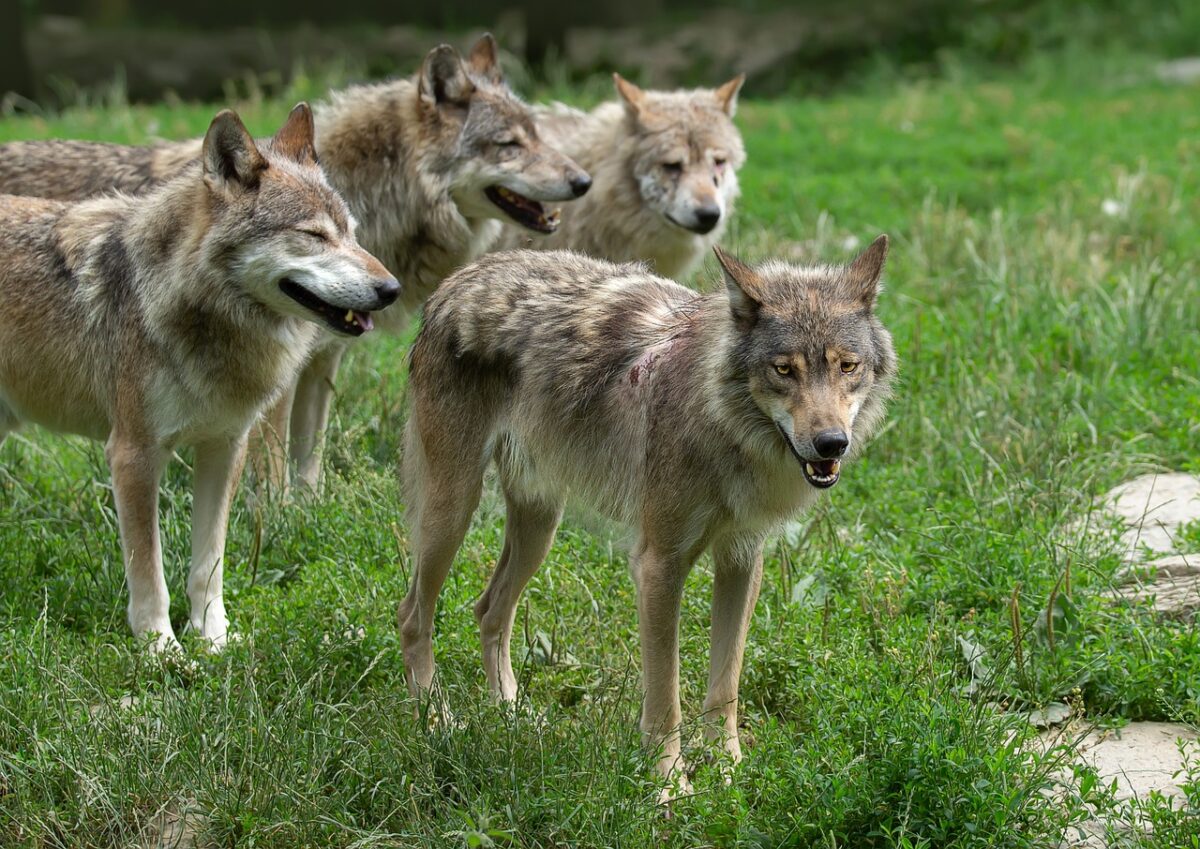






 English (US) ·
English (US) ·